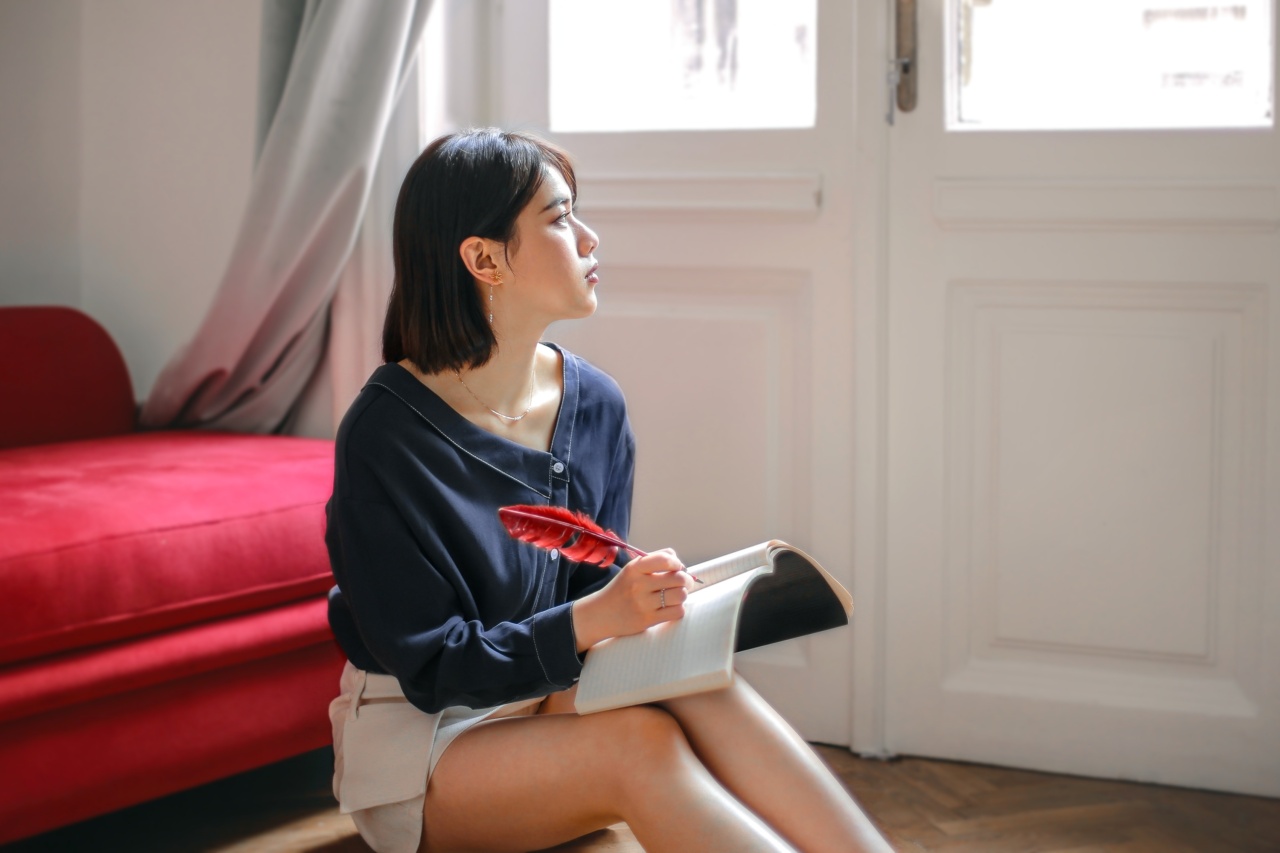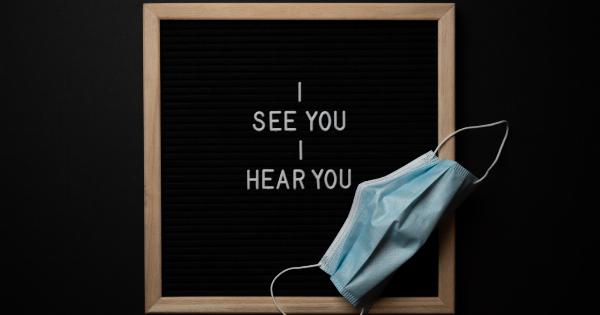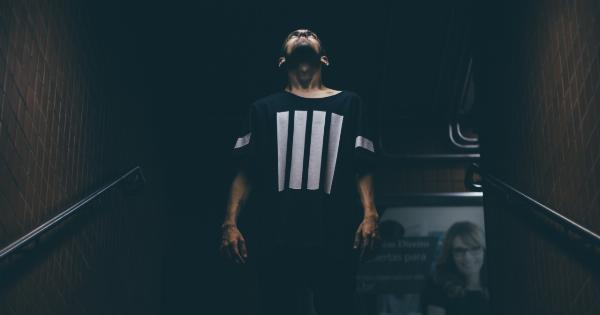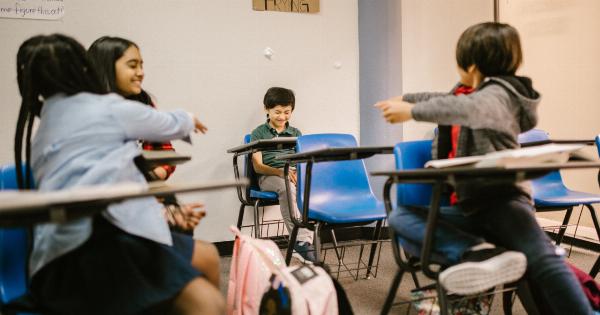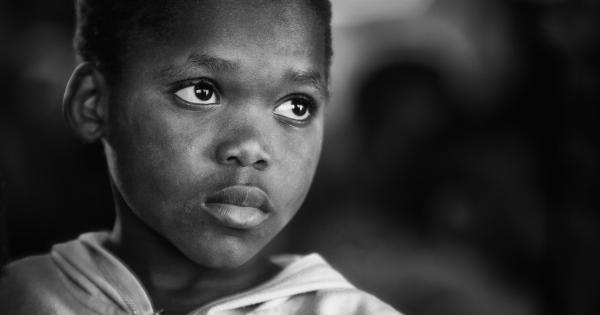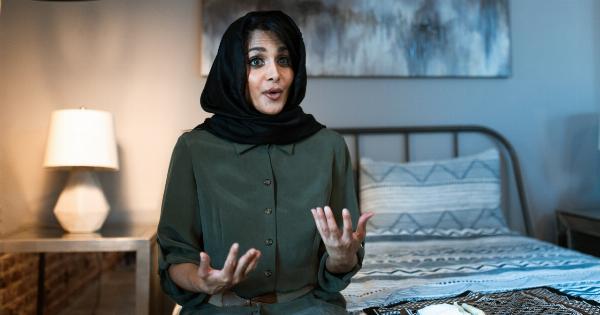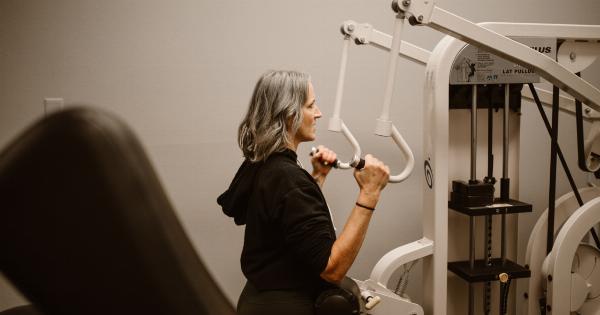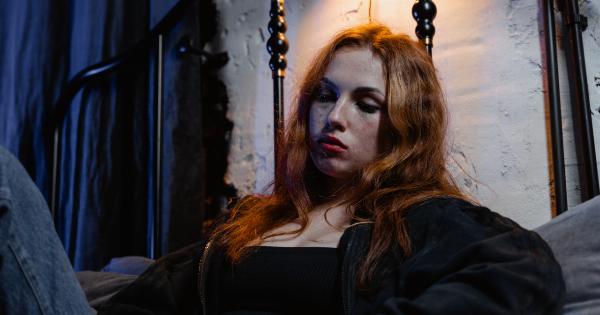Being an artist can be an incredibly rewarding and fulfilling career choice. However, the creative process often goes hand in hand with feelings of solitude and loneliness.
Many artists, writers, musicians, and other creative professionals experience a unique sense of isolation that can impact both their personal and professional lives. In this article, we will explore the reasons behind the solitude of the artist and the effects it can have on their mental well-being and work.
1. The Nature of the Creative Process
One significant reason for the solitude of the artist is the nature of the creative process itself. Creativity often requires uninterrupted focus and deep introspection.
To produce their best work, artists need to dive into the depths of their minds, exploring emotions, experiences, and ideas. This inward journey can be a solitary one, as it demands uninterrupted time for reflection and experimentation, away from distractions and interruptions.
2. The Demand for Originality
Originality is highly valued in the creative professions. Artists strive to bring something new and unique to the world, and this pursuit often leads them down a lonely path.
To create something truly original, artists often have to distance themselves from conventional norms and ideas. This separation can make it challenging to find like-minded individuals who understand and support their creative vision.
3. Self-Doubt and Vulnerability
Artists, by nature, are often highly self-critical. They constantly question their abilities, doubt their work, and compare themselves to others in their field. This self-doubt can contribute to feelings of loneliness and isolation.
Artists may hesitate to share their vulnerabilities with others, fearing judgment or rejection. As a result, they often keep their insecurities buried, further amplifying their solitude.
4. Irregular Schedules and Unpredictable Workloads
Many creative professions come with irregular schedules and unpredictable workloads. Artists might work late into the night, sacrificing social engagements and events.
These unconventional working hours can make it difficult to maintain friendships and build relationships outside of the artistic community. Moreover, the unpredictable nature of income and project-based work can also lead to financial instability, further increasing feelings of isolation.
5. Society’s Perception of Artists
Society often romanticizes the image of the solitary artist. Artists are seen as unconventional, mysterious, and somewhat isolated from the mainstream society.
While this perception may hold some truth, it can also contribute to the alienation felt by artists. The expectation of solitude can become a self-fulfilling prophecy, as artists may internalize this image and withdraw from social connections.
6. Limited Recognition and Support
Not all artists receive the recognition and support they deserve. The creative professions can be highly competitive, with only a select few achieving widespread acclaim and financial success.
Many artists struggle to find acknowledgment for their work, both from their peers and the public. This lack of recognition can lead to feelings of loneliness and frustration, as artists question the significance of their creative endeavors.
7. Lack of Community
Building a supportive community is crucial for any professional. However, artists often find it challenging to create or be a part of such a community.
Unlike traditional office jobs, where colleagues are readily available, artists may work in isolation or have limited interaction with others in the same field. The absence of a supportive community can exacerbate feelings of loneliness and make it harder for artists to overcome the challenges they face.
8. Social Stigma and Misunderstanding
Artists sometimes face social stigma and misunderstanding from those around them. Their choice of profession may be seen as impractical or even frivolous by society. This can lead to feelings of isolation and a sense that their work is not valued.
Artists may struggle to find acceptance and understanding from their families, friends, or even romantic partners, further deepening their experience of solitude.
9. Emotional Vulnerability
The artistic process often involves tapping into deep emotions and vulnerabilities. Artists expose their innermost thoughts and feelings through their work, leaving themselves emotionally exposed.
This emotional vulnerability can lead to a sense of loneliness when artists feel unable to fully articulate or share their experiences with others.
10. Coping with Solitude
While the solitude experienced by artists can be challenging, it is essential to find ways to cope with it effectively. Here are some strategies that can help:.
- 1. Seek out like-minded individuals: Connect with other artists or creative professionals who understand the challenges you face.
- 2. Join artistic communities: Participate in workshops, classes, or art groups to find a supportive network.
- 3. Share your work: Showcase your art through exhibitions, performances, or online platforms. Seek feedback and engage with your audience.
- 4. Prioritize self-care: Take breaks, engage in activities you enjoy, and nurture your mental and physical well-being.
- 5. Find balance: Strive for a healthy work-life balance that includes time for socializing and relationships.
- 6. Address self-doubt: Seek therapy or counseling to address feelings of self-doubt and cultivate self-compassion.
In conclusion, the solitude of the artist is a complex and multi-faceted phenomenon.
While it may feel isolating at times, it is important to navigate this solitude constructively and seek support from others who understand the unique challenges faced by creative professionals. By doing so, artists can find solace in their creations and build connections that nourish their artistic journey.
